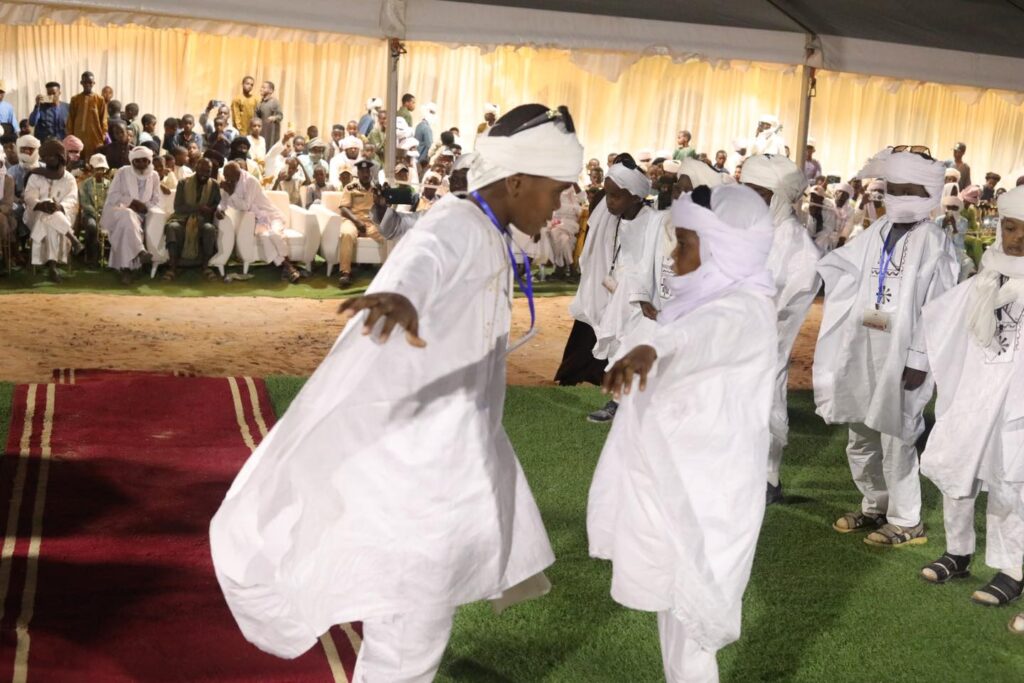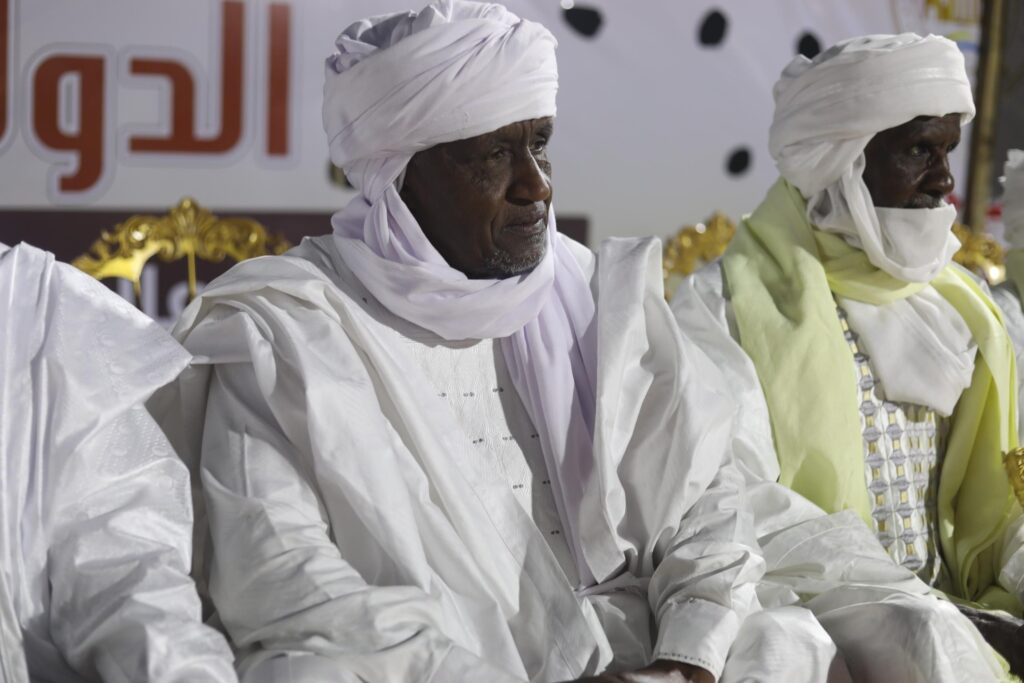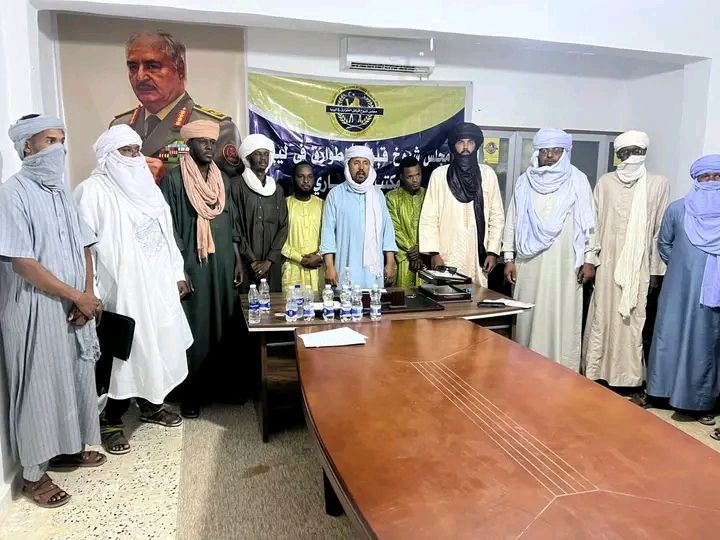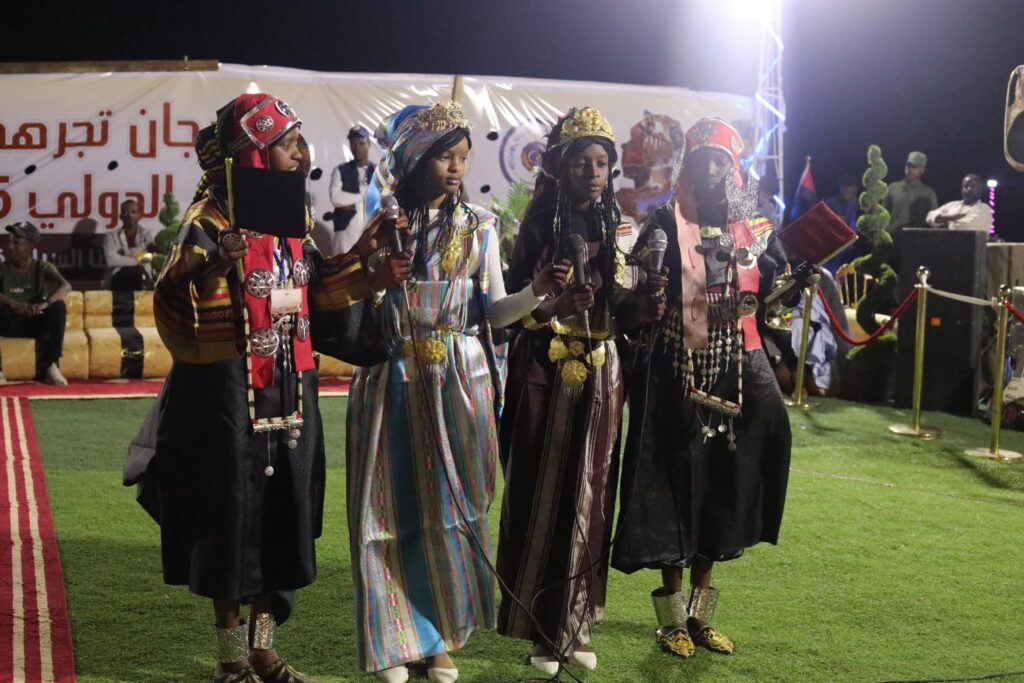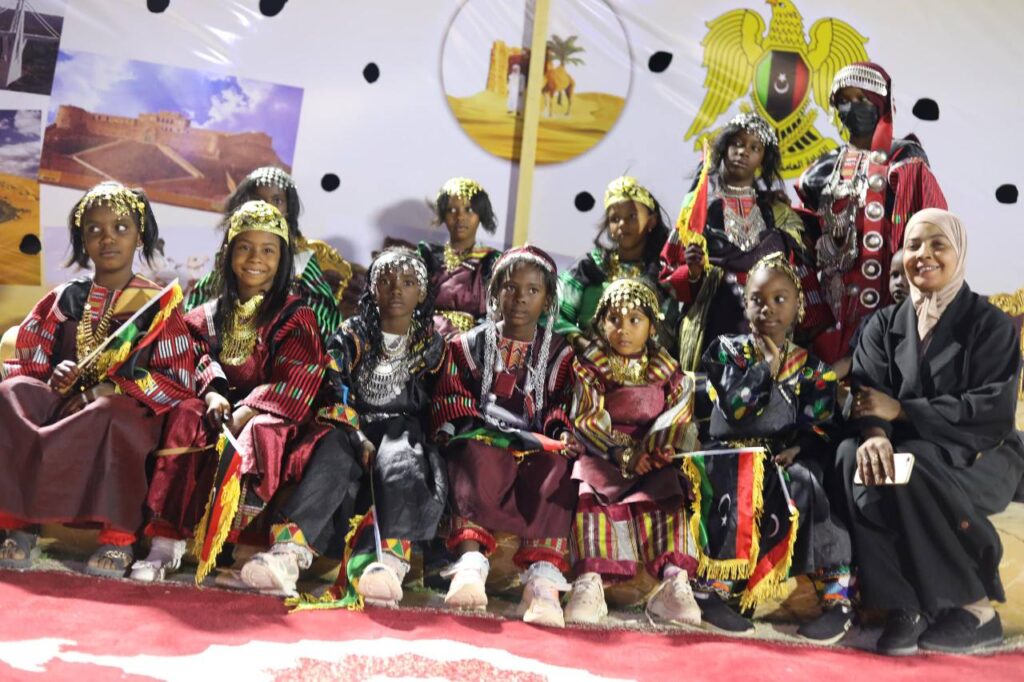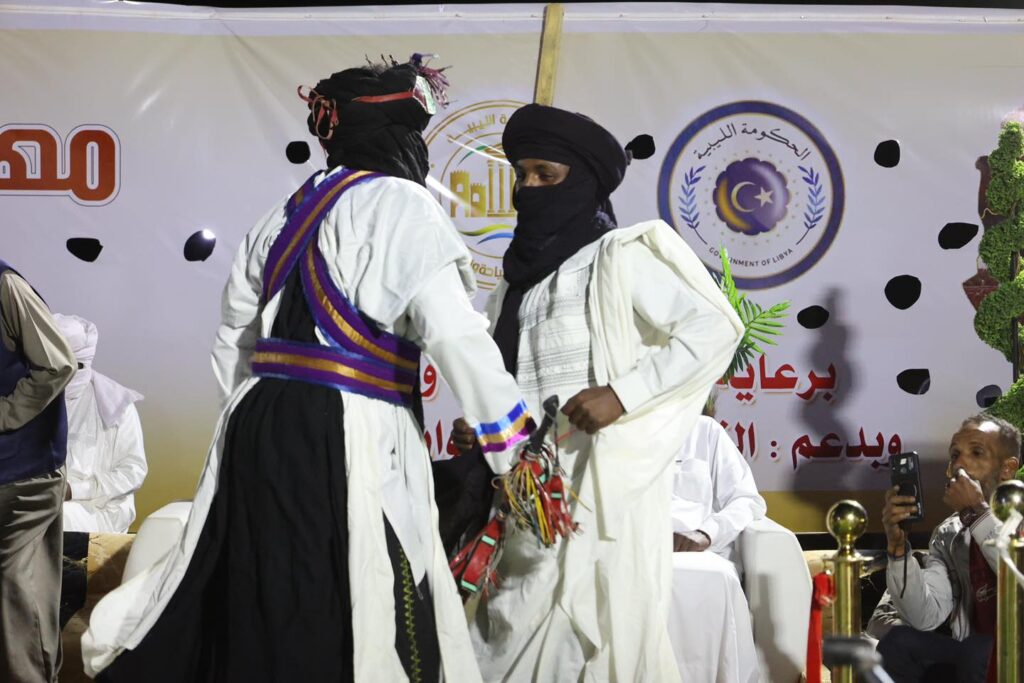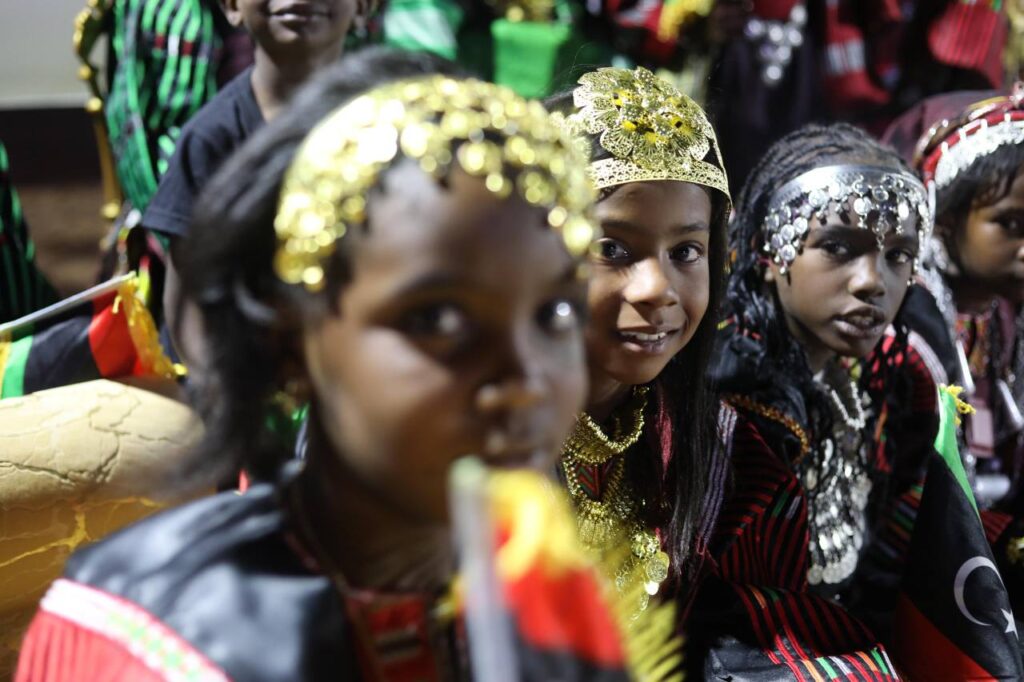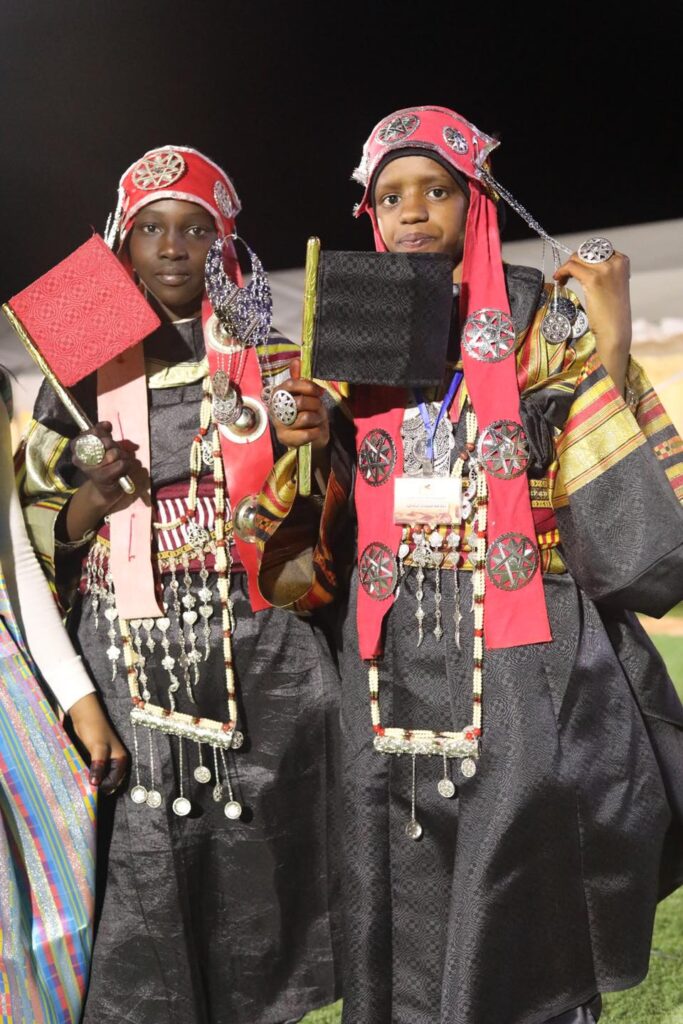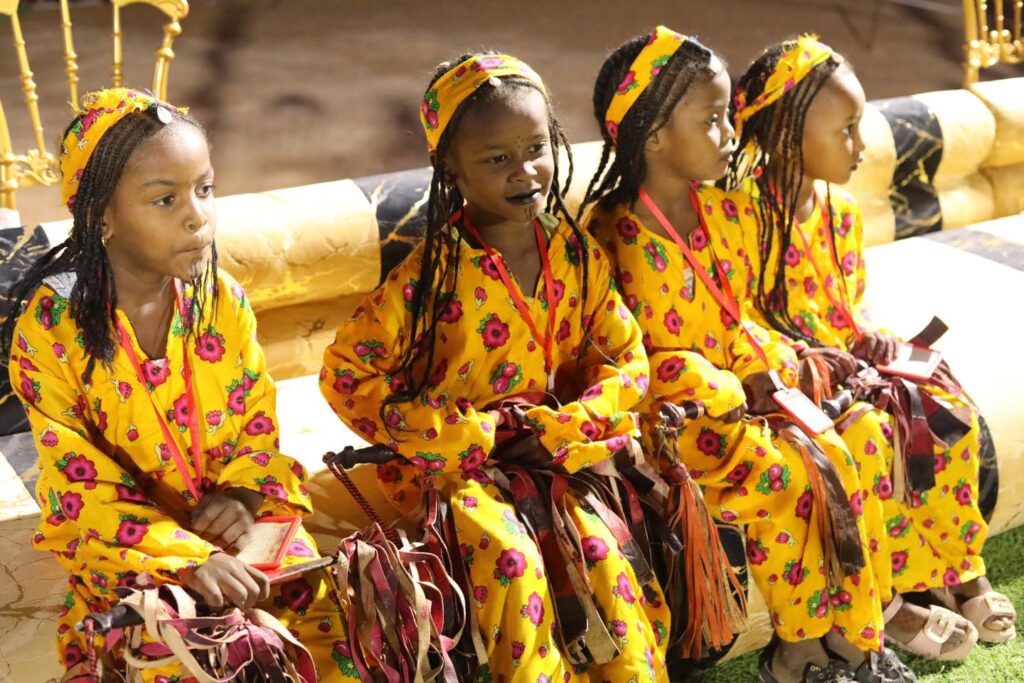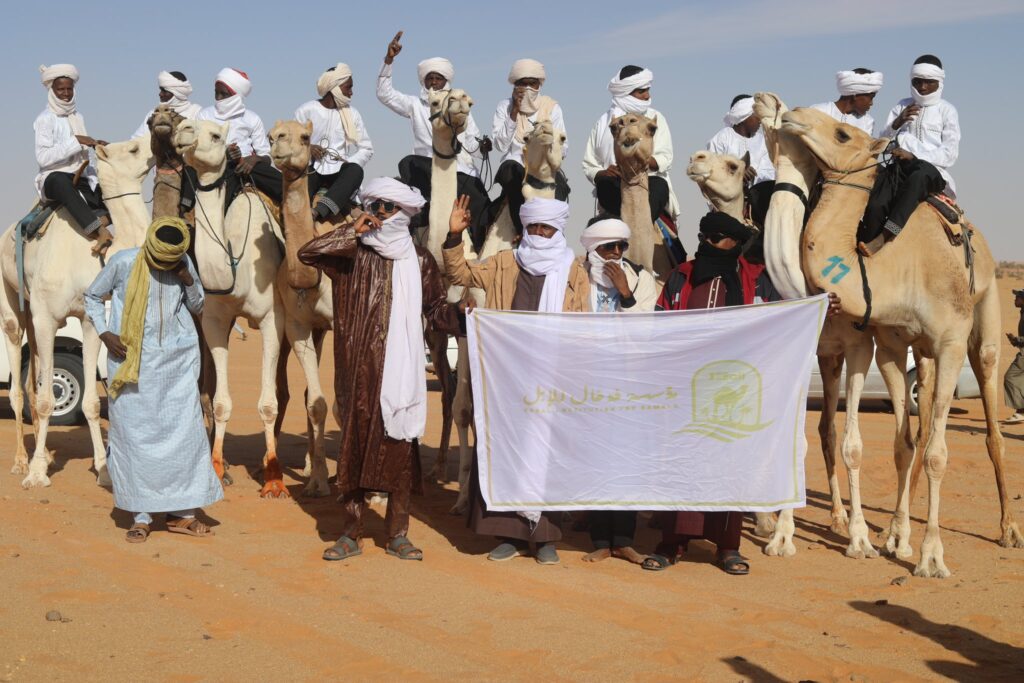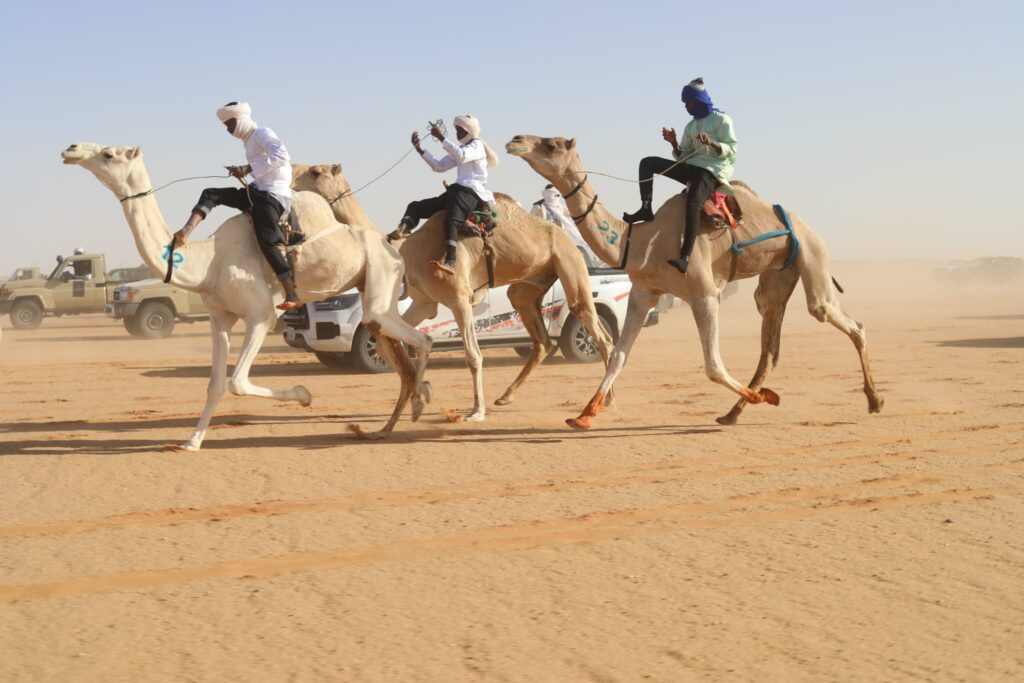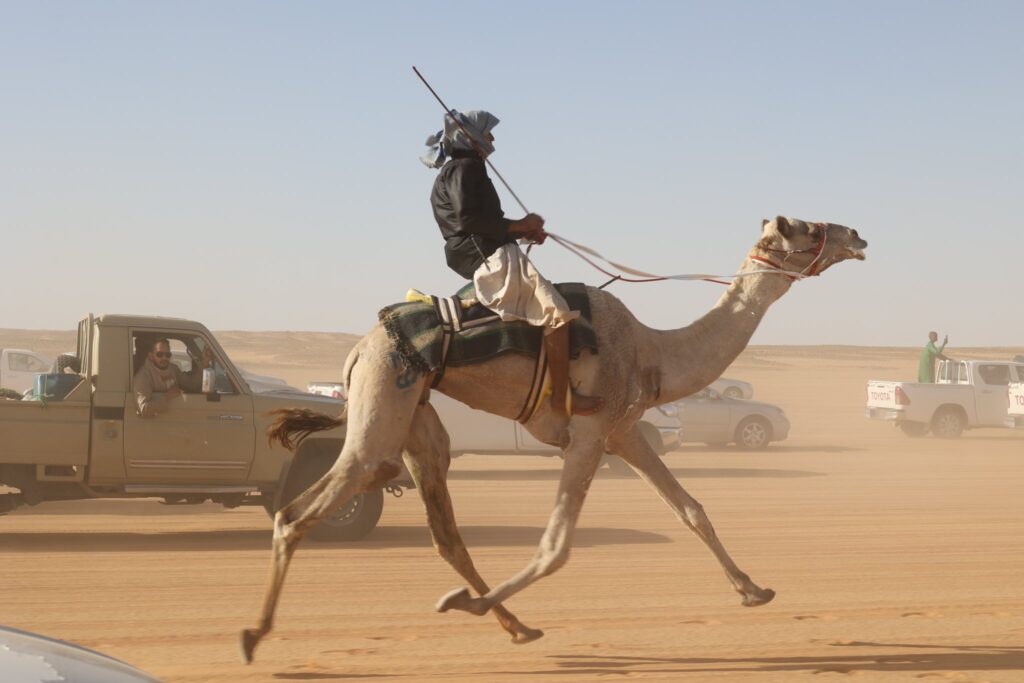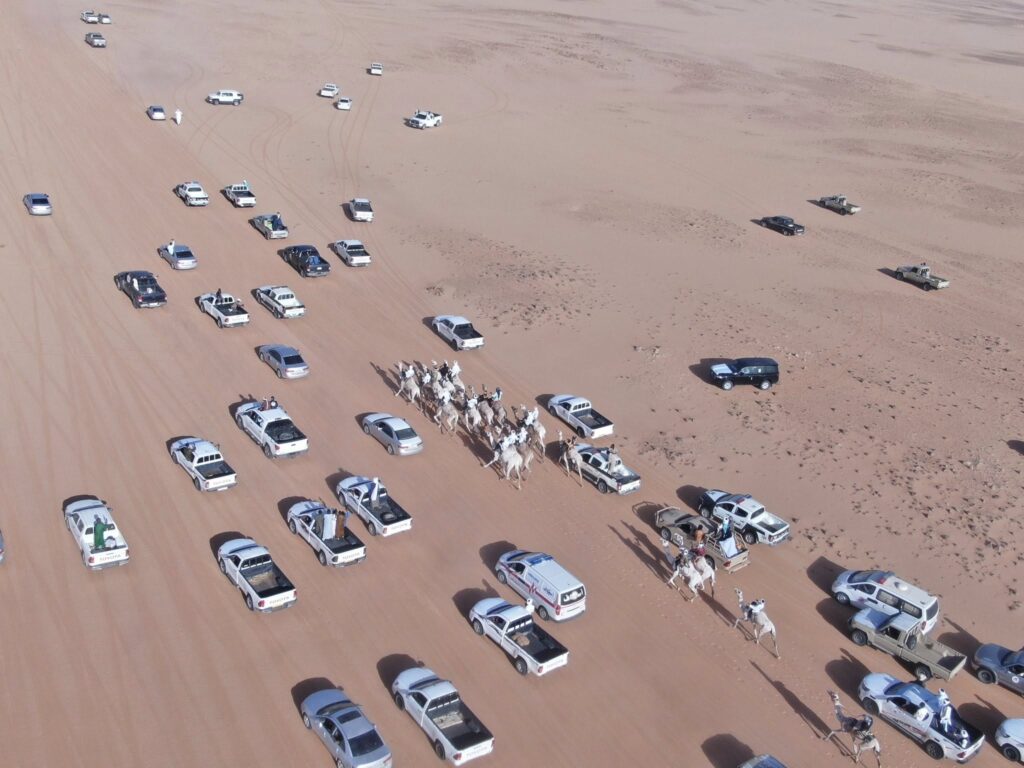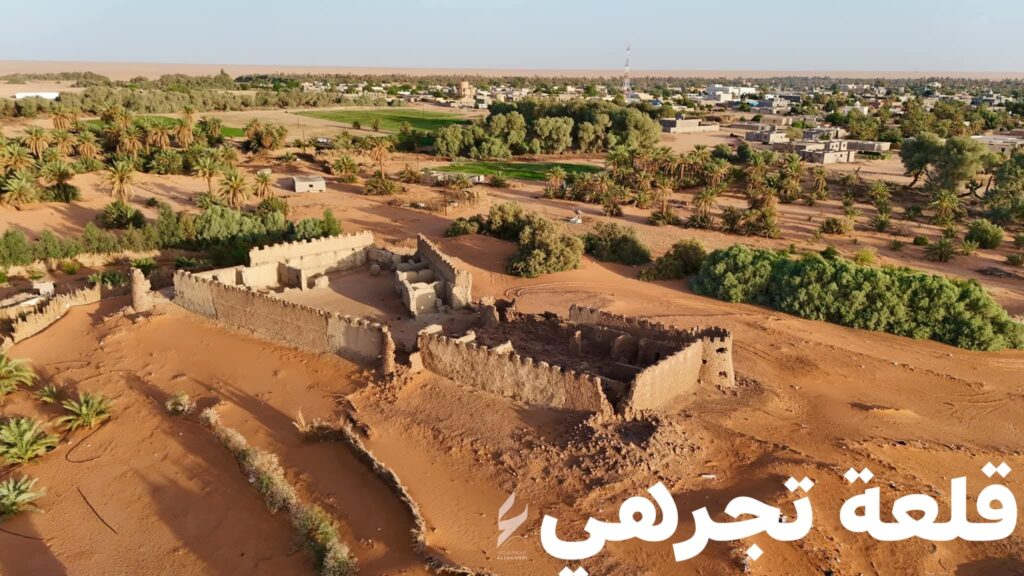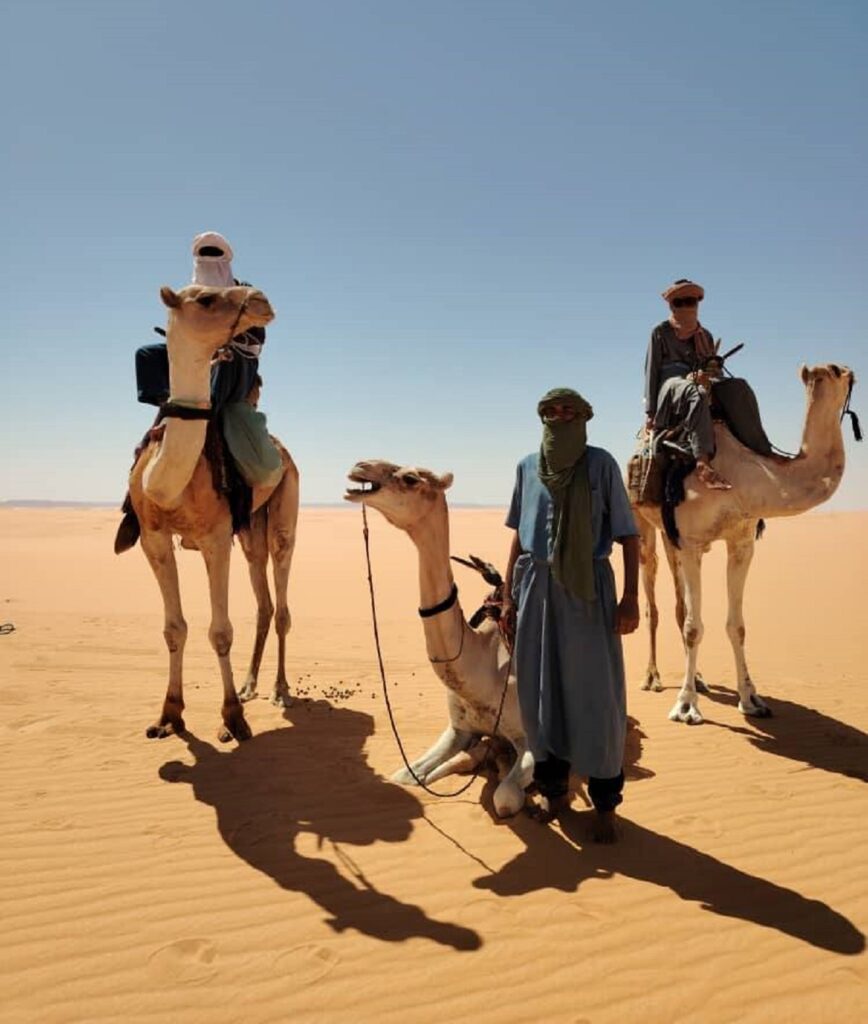Tajirhi — A three-day cultural festival featuring heritage, culture and artistic activities concluded on Friday night in the town of Tajirhi, located deep in southwest Libya, marking a resuscitation and new interest in the economic potential of communities that live in the middle of the Sahara Desert.
The Tajirhi International Festival (TIF) 15-17 October, in its second edition, aimed to revitalize the region’s cultural heritage, attract local and foreign tourists and reflect a clear sign of security and stability in a part of Libya that until recently was controlled by smugglers and human trafficking gangs.
Among the activities in the festival, there were folkloric performances, popular arts, and different types of food and music that reflected the richness and diversity of southern Libya’s cultural heritage.
A large number of officials from nearby municipalities, sheikhs and dignitaries of the Fezzan tribes and a number of visitors from inside and outside Libya were present.
The camel (Mahari) race was the highlight of the festival that was distinguished by the presence and active participation from a number of camel associations which characterized most towns of the Libyan desert. These associations act as clubs of their most favorite sport, namely Mahari racing.
The participants in the Mahari race came from the towns of Ghat, Ubari, Tajirhi, Wadi al-Ajal, Qatrun, Jufra, Sebha and Darj. This is in addition to a team from the neighboring Algeria.
Speaking to the Libyan News Agency (WAL), the Director of the Media and Public Relations Department at the Ministry of Tourism and Antiquities in eastern Libya, Yusri Abdul Hafeez, said that Tajirhi Festival was “an embodiment of the cultural identity of the south and a platform for highlighting the rich heritage and artistic legacy of the Tajirhi region.”
He added that the festival aimed to stimulate domestic and international tourism and promote the uniqueness of the Libyan desert as a promising tourist destination. “The Tajirhi Festival represents a message of love and peace from the southern Libya to the world, reflecting Libya’s safe and hospitable image.”
The broad participation gave the festival a distinct national and regional character, embodying the shared authenticity of desert culture and camel traditions. It also emphasized the festival’s role in strengthening cultural and tourism ties between Libya and its neighbors.
The festival witnessed a remarkable presence of a number of folk and artistic groups, which added a distinctive heritage atmosphere and enlivened the festival with performances of songs, dances, and portraits that represented the diverse cultures of southern Libya. They highlighted the beauty of Libya’s cultural diversity.
Located at the Sahara Desert trade routes to Niger River, Lake Chad and the Sudan, the town of Tajirhi is an oasis and crossroads village in the Murzuq District, and the last refueling point in southwest Libya before reaching the Madama village the first station in Niger about 282 kilometers to the south. Tajirhi has an airstrip.
